yoshoku
Yoshoku Classics: Five Unique Western Dishes in Japan!
James Lau
Posted on February 09, 2024
Share:

Are you ready to begin a culinary adventure through Japan’s fusion cuisine? Step into the “yoshoku” world, where Western dishes get a Japanese makeover. From savory Napolitan to sweet Honey Toast, Japan’s yoshoku classics are a unique blend of flavors and cultural influences that satisfy your cravings!
What is “yoshoku”?
Yoshoku, or “Western food” in Japanese, refers to localized Western-inspired dishes. This cuisine started in the 16th century and became popular during the Meiji Restoration. The government promoted Western-style cuisine to improve health. Over time, yoshoku dishes became more available, especially after World War II, with the introduction of ingredients like ketchup and bacon, which created dishes like Napolitan spaghetti.

Following the Great Kanto Earthquake in 1923 and World War II, yoshoku continued to adapt to match the tastes of Japanese people. Yoshoku restaurants became popular among families, and yoshoku became a part of Japanese food culture. It evolved to include elements from French, English, and American cuisines. Today, yoshoku continues to be popular, offering Western and Japanese food fusion to people of all ages.
Napolitan
Napolitan pasta is a popular Japanese-style spaghetti dish. It uses a tomato ketchup-based sauce with little connection to its Italian namesake. It typically includes spaghetti noodles, onions, green bell peppers, mushrooms, and sausages, though variations may feature bacon or ham. Created in Yokohama around the 1950s, American military spaghetti dishes inspired it and became popular during the postwar era.
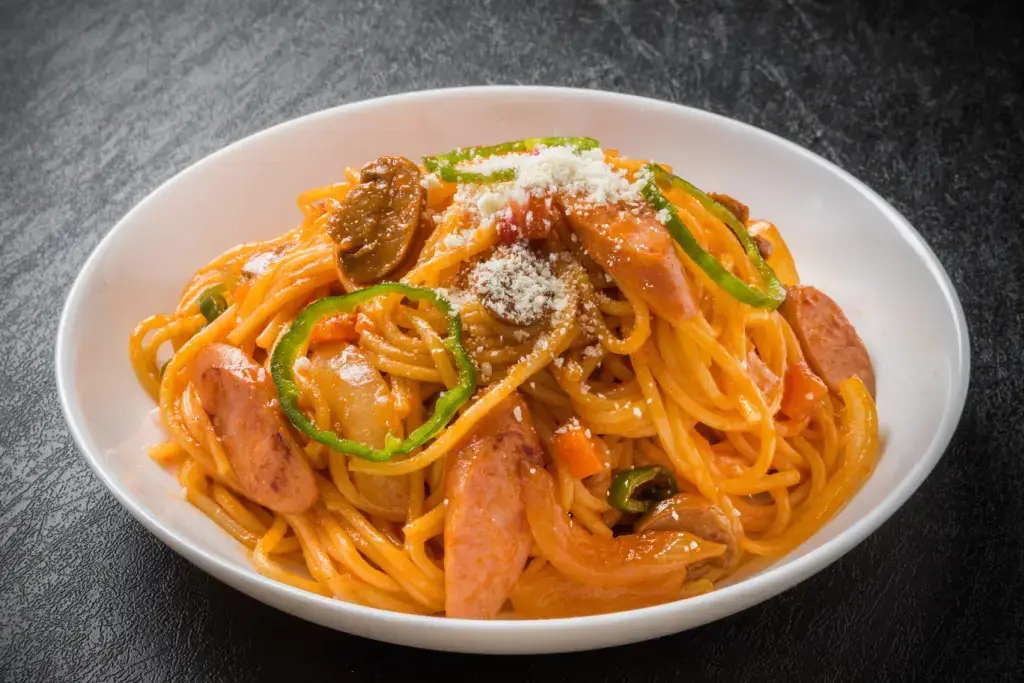
What makes Napolitan pasta popular is its simplicity and versatility. Made with common ingredients like onions, mushrooms, and peppers, it’s easy to customize by swapping out meats or adding different vegetables. It’s a dish that appeals to all ages, especially kids, and can be quickly prepared for a family dinner. Ketchup gives it a sweet-tangy profile and has become popular in Japanese yoshoku cuisine.
Are you looking for some amazing fusion snacks from Japan? Check out Sakuraco! Sakuraco delivers traditional Japanese snacks, teas, sweets, and snacks from Japan to your door every month so that you can enjoy Japan’s taste anywhere!
Hayashi Rice
Hayashi rice, or hashed beef rice, is a beloved yoshoku dish in Japan. It’s a dish of beef, onions, and button mushrooms with a red wine demi-glace sauce and tomato sauce on a bed of rice. It was created in the former mining town of Ikuno in Hyōgo Prefecture, Japan. The dish is a fusion of Western and Japanese influences, with ingredients like Kobe beef and demi-glace sauce.
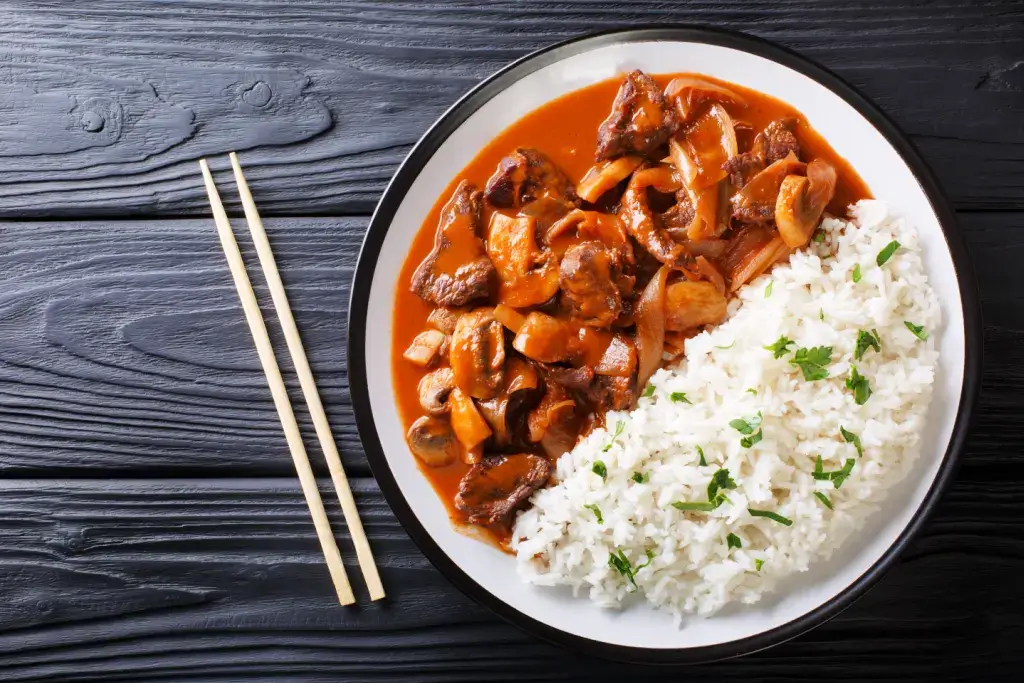
The dish’s name, “hayashi,” has multiple origins, including references to a publishing company president and a cook at a renowned restaurant. Despite its origin, hayashi rice has become a staple in Japanese households. Pre-made mixes and sauces are available in supermarkets. Like Japanese curry, it’s often enjoyed with a spoon and is a hearty choice when looking for something to fill your stomach.
Honey Toast
Honey Toast, or Shibuya Toast, is a Japanese dessert. It is typically served with honey drizzled on top of toasted bread. It is often served with maple syrup or toppings like ice cream or chocolate sauce. Thick slices of bread are often hollowed out and toasted with butter for added texture before being filled with the removed pieces. Finally, the dish is drizzled with honey.
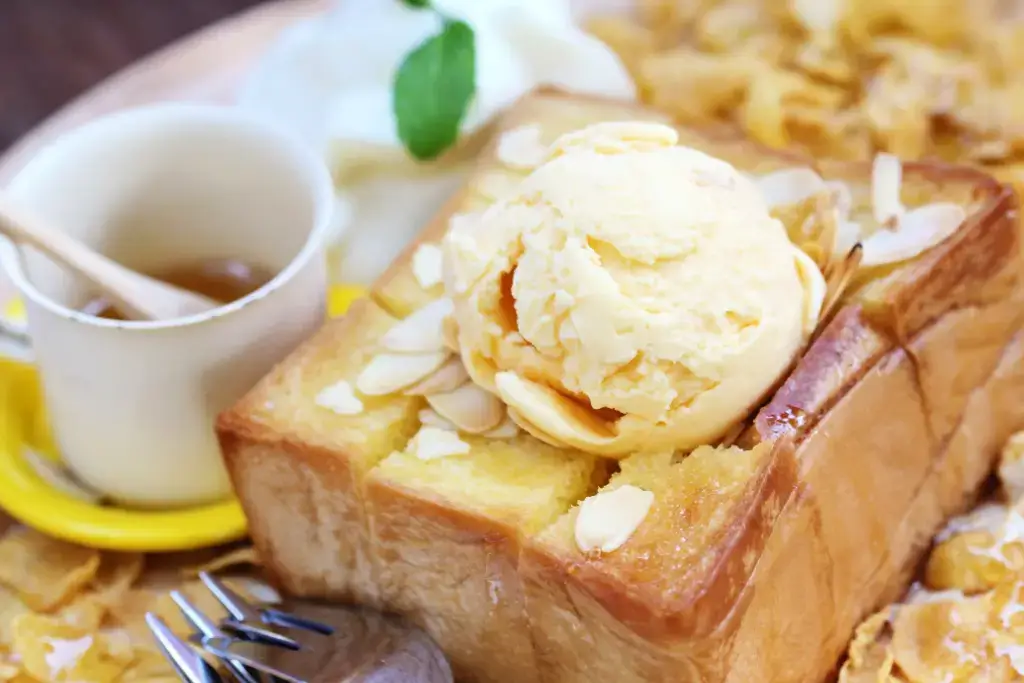
The dessert started from the VIP rooms of high-end discos during Japan’s bubble economy in the mid-1980s and was initially served as a luxurious snack. It also gained popularity in the 1990s and was on the menus of karaoke bars and family restaurants nationwide. In recent years, variations like “Guruto” (Gourmet Toast), featuring toppings like cheese fondue or curry instead of honey and ice cream, have become popular.
Doria
Doria combines rice with meat sauce, seafood, or chicken, covered in bechamel sauce and cheese, then baked until golden. Created by a Swiss chef working in Japan in the 1930s, doria evolved into a Japanese creation, with variations including seafood Doria and curry-flavored options. Initially inspired by a dish named after the Doria family, Japanese Doria uses rice instead of cucumbers, tomatoes, and eggs.

The dish’s history also shows off Japan’s creativity. Executive chef Sally Weil first served it to a European banker at the Yokohama Hotel New Grand. Over time, doria became a part of Japanese cuisine, a fusion of European and Japanese culinary influences. Despite its European-sounding name, Doria is a popular Yoshoku dish, offering a comforting enjoyed by many across the country.
Omurice
Omurice undoubtedly elevates the traditional omelette by adding fried rice. Created in Tokyo’s Renga-tei restaurant in 1900, its creators remain a mystery despite its popularity in Japan. Omurice, derived from the French “omelette” and English “rice,” shows Japan’s openness to Western culinary influences during the Edo Period. It eventually led to creative variations in family restaurants and specialized eateries.
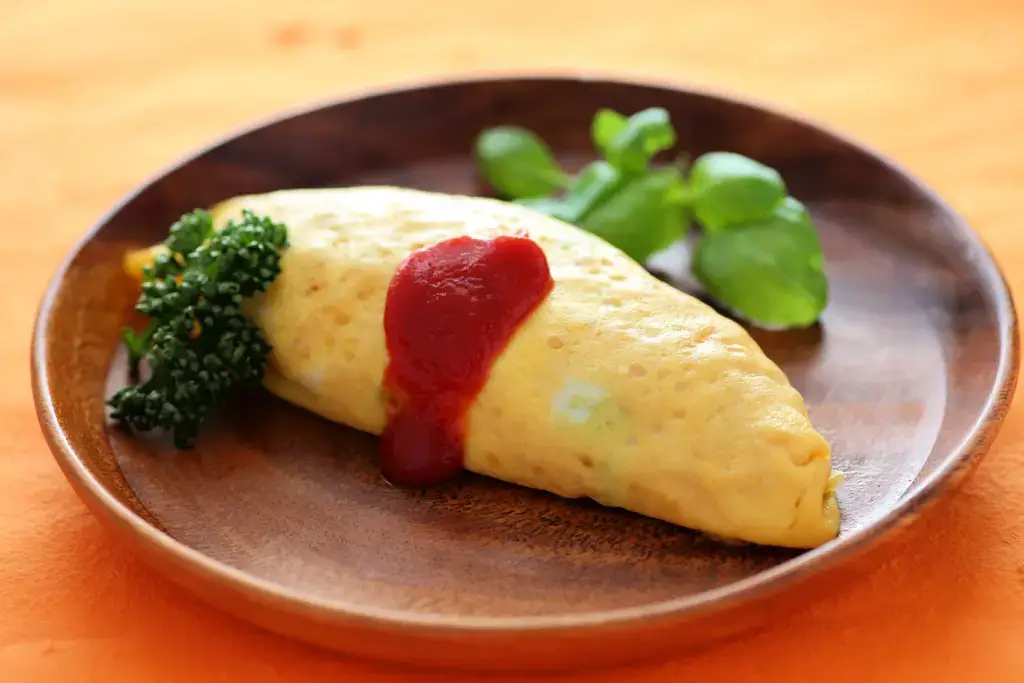
The classic omurice features chicken rice stir-fried with vegetables and ketchup, topped with a fluffy omelette, and more ketchup for garnish. Other varieties include omusoba, replacing rice with yakisoba noodles, and omutako, with Okinawa’s taco rice, instead of the usual chicken fried rice. Omurice has something for everyone, also making it a favorite among children and adults alike!
Why is yoshoku special?
All in all, yoshoku cuisine offers a glimpse into Japan’s culinary evolution and cultural exchange. By adapting Western dishes to Japanese tastes, yoshoku chefs have created a cuisine that continues to evolve and innovate. Whether eating Hayashi Rice or enjoying Honey Toast, each yoshoku dish tells a story of creativity, adaptation, and culinary influences that have defined Japan’s food culture.
As you explore the world of yoshoku cuisine, we hope you’ll be inspired to try these unique Japanese twists on classic Western dishes! From savory delights like Napolitan and Hayashi Rice to sweet treats like Honey Toast, there’s something for everyone to enjoy! Have you tried any yoshoku dishes before? Which one is your favorite? Let us know in the comments below!

Discover authentic flavors with Sakuraco
Get Sakuraco 

Discover authentic flavors with Sakuraco
Get Sakuraco 
Related Articles
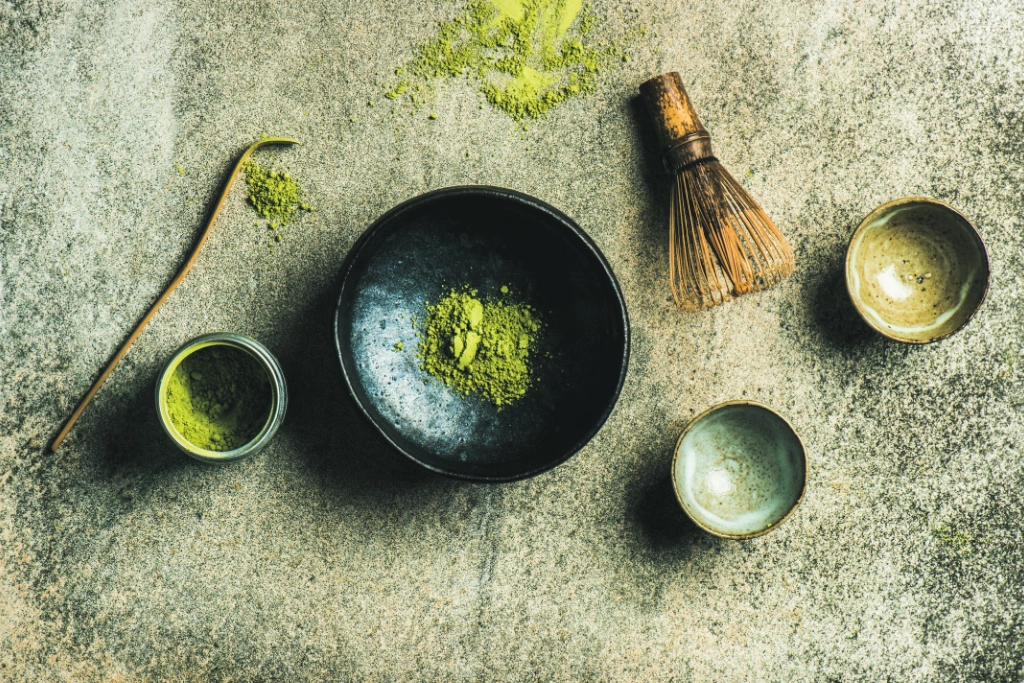
Rare Tea from Japan? A Quick Guide!
The delicate cultivation of rare tea processes in Japan has helped preserve the country’s history. Its use in everyday life and religious ceremonies has made it a national icon and a cultural treasure.
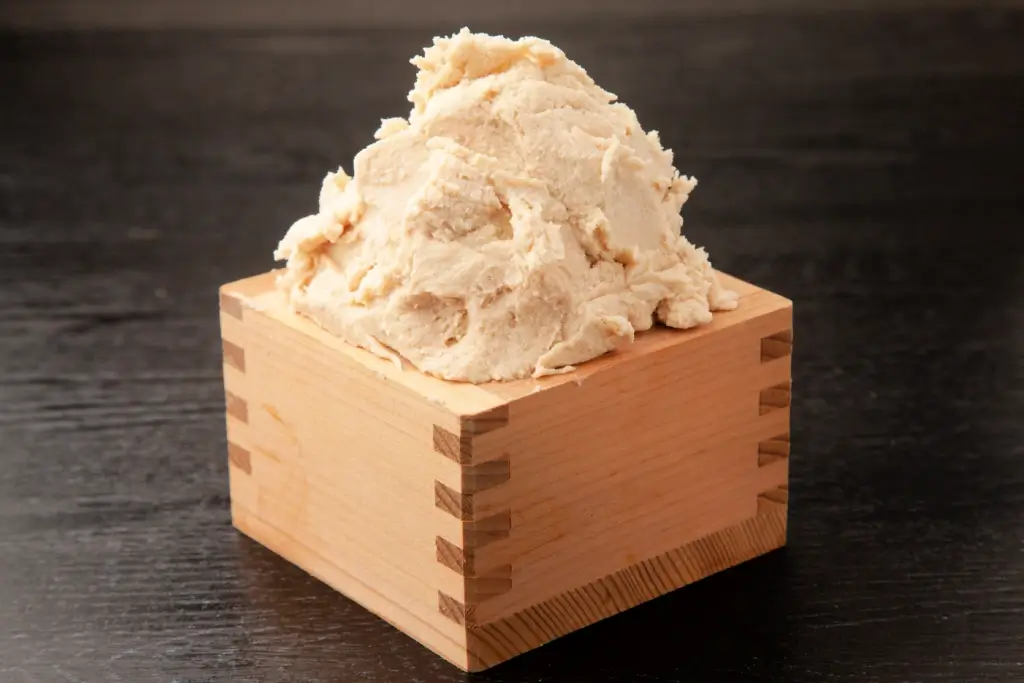
Sake Lees? Unusual Japanese Foods You Should Know!
We’ll explore some delicious and distinctive dishes, such as sake lees, namero, uni, nankotsu, and barazushi. If you’re an adventurous eater, discover these culinary gems!
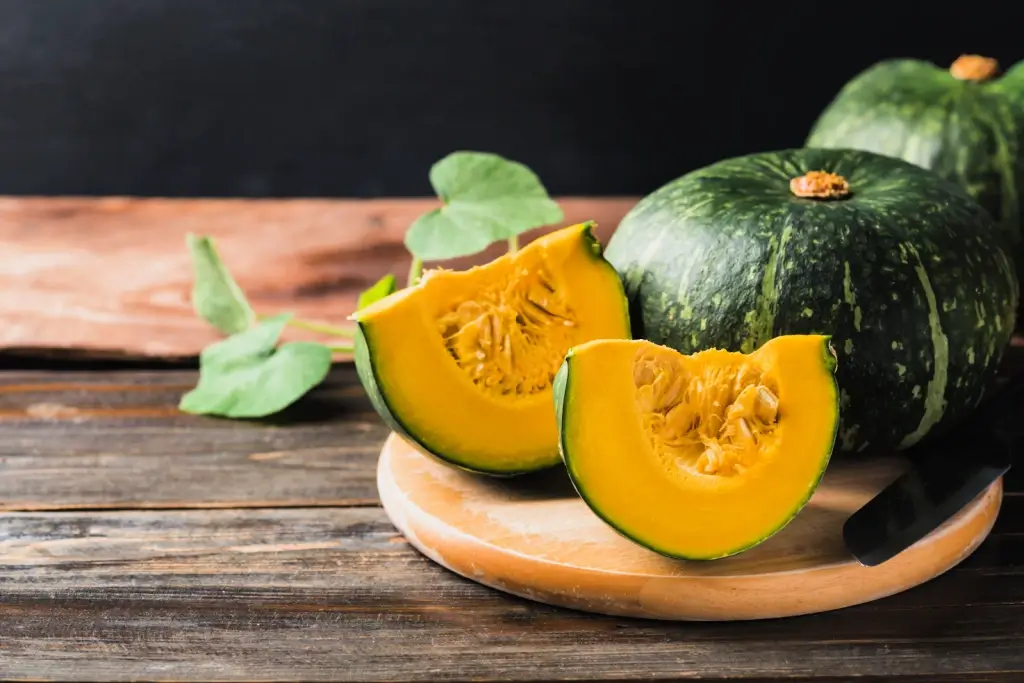
Kabocha: The Story of the Japanese Pumpkin
Kabocha (Japanese pumpkin) is a beloved ingredient in Japanese cuisine. Known for its sweet, creamy texture, it has become a staple in many traditional dishes.
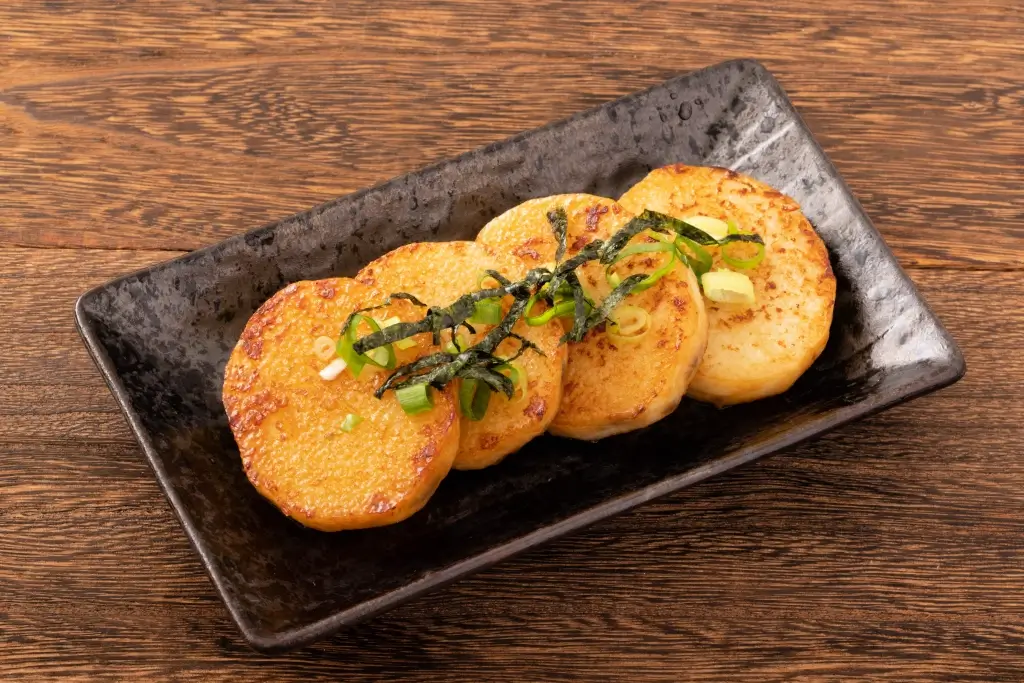
Nagaimo and Four More Amazing Vegetable Roots!
Root vegetables are one of the main ingredients commonly used in many traditional dishes and daily meals. So, let’s explore the most popular root vegetables in Japan, starting with nagaimo!



